Luca Pulina
NeVer 2.0: Learning, Verification and Repair of Deep Neural Networks
Nov 18, 2020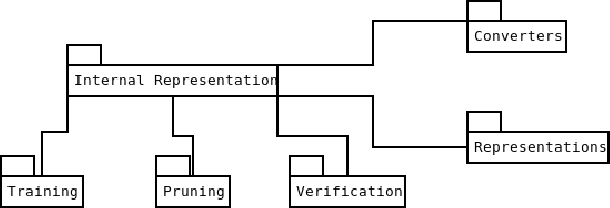

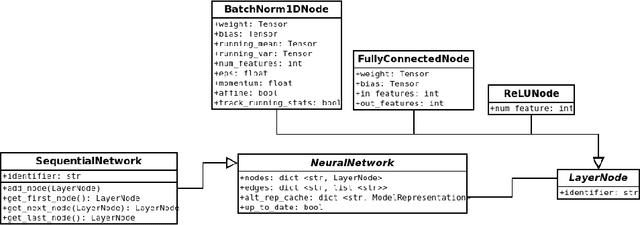

Abstract:In this work, we present an early prototype of NeVer 2.0, a new system for automated synthesis and analysis of deep neural networks.NeVer 2.0borrows its design philosophy from NeVer, the first package that integrated learning, automated verification and repair of (shallow) neural networks in a single tool. The goal of NeVer 2.0 is to provide a similar integration for deep networks by leveraging a selection of state-of-the-art learning frameworks and integrating them with verification algorithms to ease the scalability challenge and make repair of faulty networks possible.
Verification of Neural Networks: Enhancing Scalability through Pruning
Mar 17, 2020
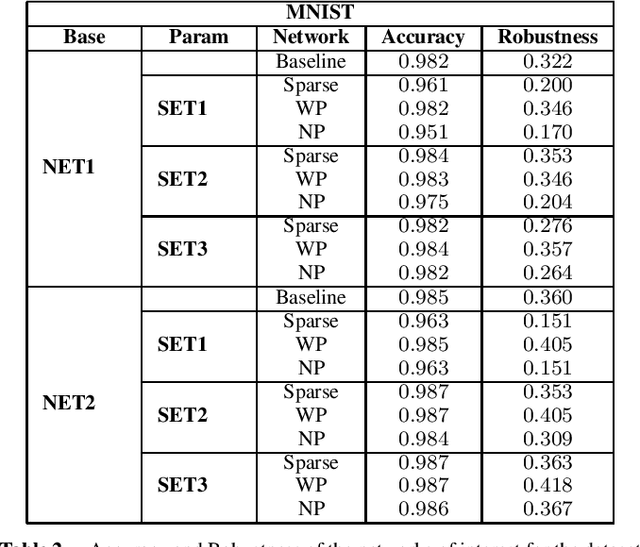
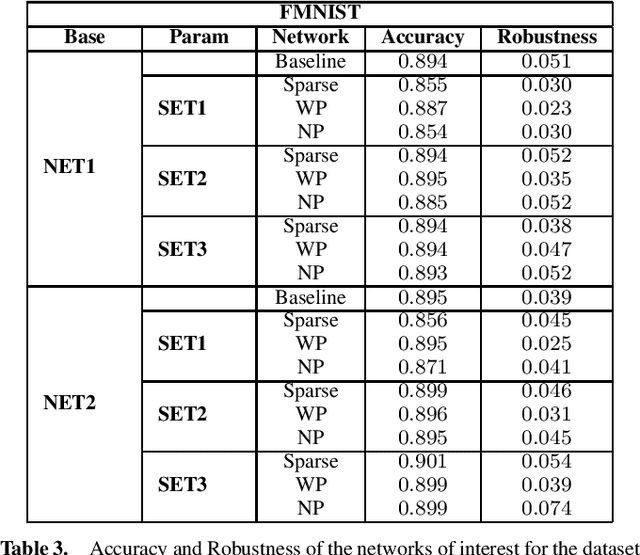
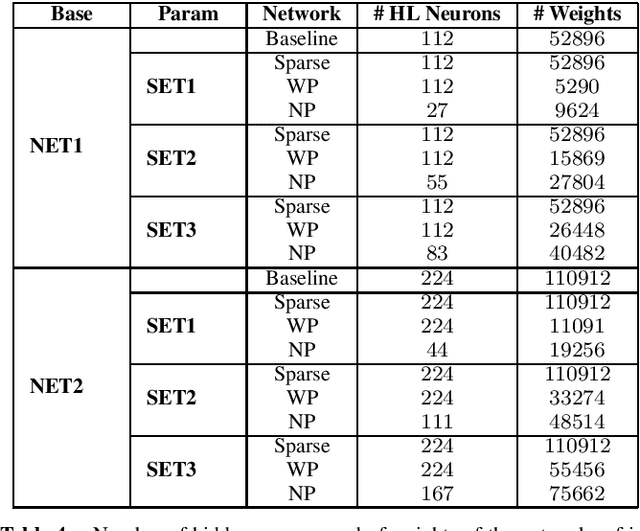
Abstract:Verification of deep neural networks has witnessed a recent surge of interest, fueled by success stories in diverse domains and by abreast concerns about safety and security in envisaged applications. Complexity and sheer size of such networks are challenging for automated formal verification techniques which, on the other hand, could ease the adoption of deep networks in safety- and security-critical contexts. In this paper we focus on enabling state-of-the-art verification tools to deal with neural networks of some practical interest. We propose a new training pipeline based on network pruning with the goal of striking a balance between maintaining accuracy and robustness while making the resulting networks amenable to formal analysis. The results of our experiments with a portfolio of pruning algorithms and verification tools show that our approach is successful for the kind of networks we consider and for some combinations of pruning and verification techniques, thus bringing deep neural networks closer to the reach of formally-grounded methods.
SMarTplan: a Task Planner for Smart Factories
Jun 19, 2018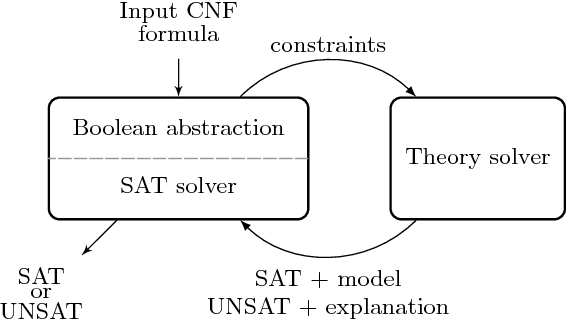
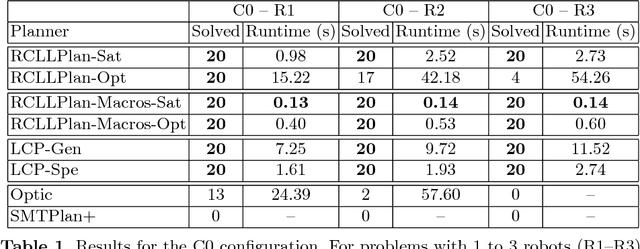
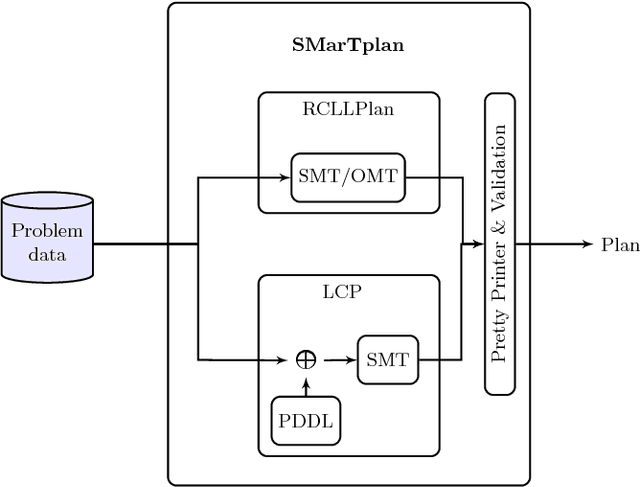
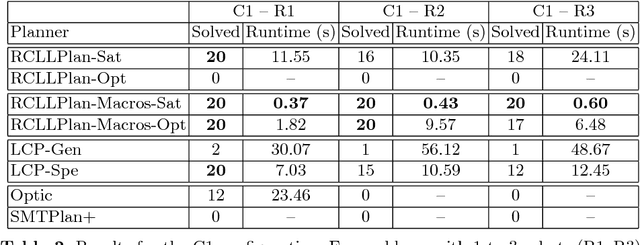
Abstract:Smart factories are on the verge of becoming the new industrial paradigm, wherein optimization permeates all aspects of production, from concept generation to sales. To fully pursue this paradigm, flexibility in the production means as well as in their timely organization is of paramount importance. AI is planning a major role in this transition, but the scenarios encountered in practice might be challenging for current tools. Task planning is one example where AI enables more efficient and flexible operation through an online automated adaptation and rescheduling of the activities to cope with new operational constraints and demands. In this paper we present SMarTplan, a task planner specifically conceived to deal with real-world scenarios in the emerging smart factory paradigm. Including both special-purpose and general-purpose algorithms, SMarTplan is based on current automated reasoning technology and it is designed to tackle complex application domains. In particular, we show its effectiveness on a logistic scenario, by comparing its specialized version with the general purpose one, and extending the comparison to other state-of-the-art task planners.
Automated Verification of Neural Networks: Advances, Challenges and Perspectives
May 25, 2018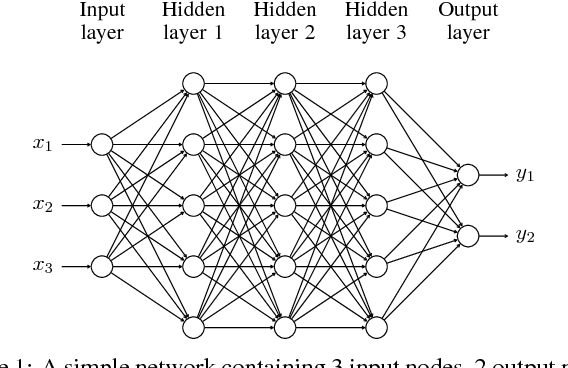
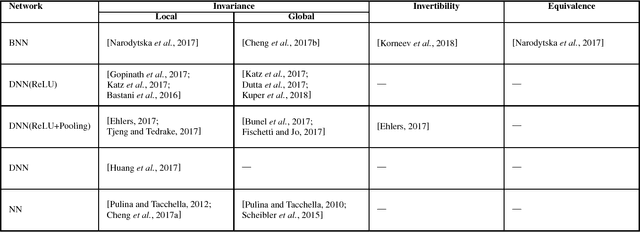
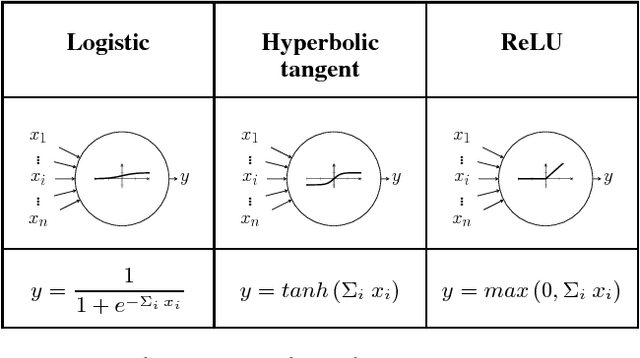

Abstract:Neural networks are one of the most investigated and widely used techniques in Machine Learning. In spite of their success, they still find limited application in safety- and security-related contexts, wherein assurance about networks' performances must be provided. In the recent past, automated reasoning techniques have been proposed by several researchers to close the gap between neural networks and applications requiring formal guarantees about their behavior. In this work, we propose a primer of such techniques and a comprehensive categorization of existing approaches for the automated verification of neural networks. A discussion about current limitations and directions for future investigation is provided to foster research on this topic at the crossroads of Machine Learning and Automated Reasoning.
Constrained Image Generation Using Binarized Neural Networks with Decision Procedures
Feb 24, 2018



Abstract:We consider the problem of binary image generation with given properties. This problem arises in a number of practical applications, including generation of artificial porous medium for an electrode of lithium-ion batteries, for composed materials, etc. A generated image represents a porous medium and, as such, it is subject to two sets of constraints: topological constraints on the structure and process constraints on the physical process over this structure. To perform image generation we need to define a mapping from a porous medium to its physical process parameters. For a given geometry of a porous medium, this mapping can be done by solving a partial differential equation (PDE). However, embedding a PDE solver into the search procedure is computationally expensive. We use a binarized neural network to approximate a PDE solver. This allows us to encode the entire problem as a logical formula. Our main contribution is that, for the first time, we show that this problem can be tackled using decision procedures. Our experiments show that our model is able to produce random constrained images that satisfy both topological and process constraints.
The Multi-engine ASP Solver ME-ASP: Progress Report
May 05, 2014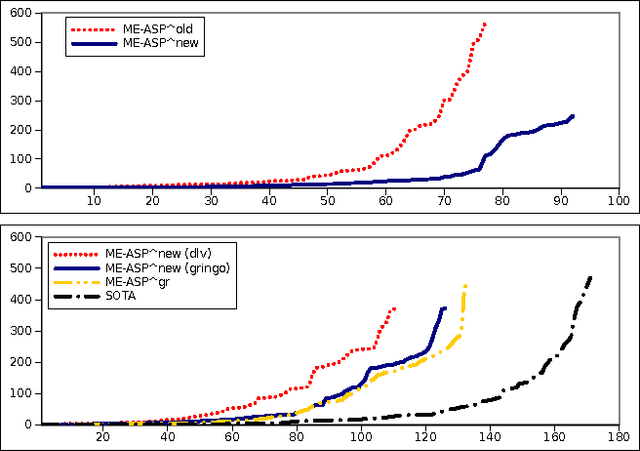
Abstract:MEASP is a multi-engine solver for ground ASP programs. It exploits algorithm selection techniques based on classification to select one among a set of out-of-the-box heterogeneous ASP solvers used as black-box engines. In this paper we report on (i) a new optimized implementation of MEASP; and (ii) an attempt of applying algorithm selection to non-ground programs. An experimental analysis reported in the paper shows that (i) the new implementation of \measp is substantially faster than the previous version; and (ii) the multi-engine recipe can be applied to the evaluation of non-ground programs with some benefits.
A Multi-Engine Approach to Answer Set Programming
Jun 20, 2013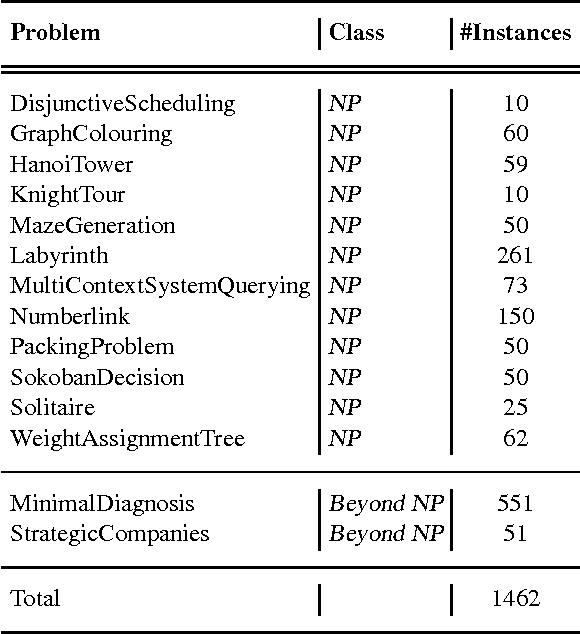
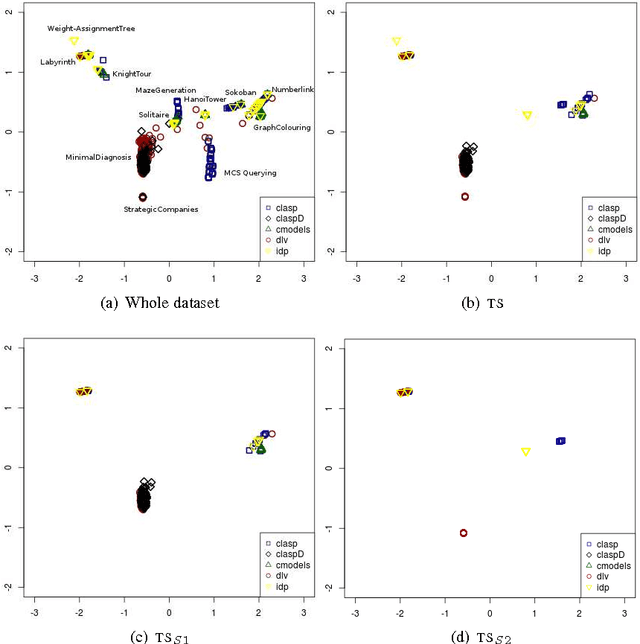
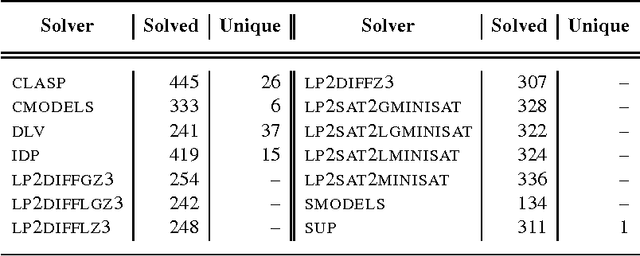
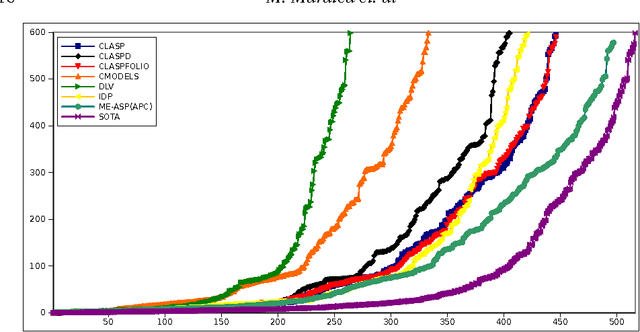
Abstract:Answer Set Programming (ASP) is a truly-declarative programming paradigm proposed in the area of non-monotonic reasoning and logic programming, that has been recently employed in many applications. The development of efficient ASP systems is, thus, crucial. Having in mind the task of improving the solving methods for ASP, there are two usual ways to reach this goal: $(i)$ extending state-of-the-art techniques and ASP solvers, or $(ii)$ designing a new ASP solver from scratch. An alternative to these trends is to build on top of state-of-the-art solvers, and to apply machine learning techniques for choosing automatically the "best" available solver on a per-instance basis. In this paper we pursue this latter direction. We first define a set of cheap-to-compute syntactic features that characterize several aspects of ASP programs. Then, we apply classification methods that, given the features of the instances in a {\sl training} set and the solvers' performance on these instances, inductively learn algorithm selection strategies to be applied to a {\sl test} set. We report the results of a number of experiments considering solvers and different training and test sets of instances taken from the ones submitted to the "System Track" of the 3rd ASP Competition. Our analysis shows that, by applying machine learning techniques to ASP solving, it is possible to obtain very robust performance: our approach can solve more instances compared with any solver that entered the 3rd ASP Competition. (To appear in Theory and Practice of Logic Programming (TPLP).)
 Add to Chrome
Add to Chrome Add to Firefox
Add to Firefox Add to Edge
Add to Edge